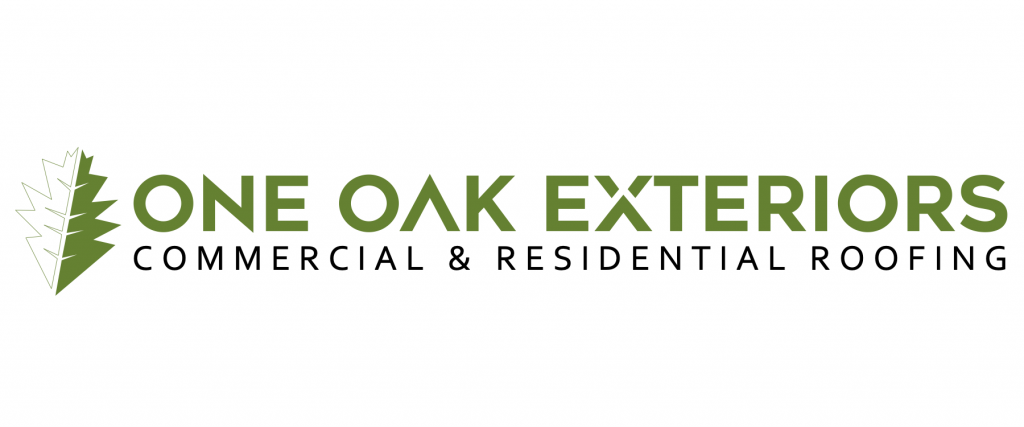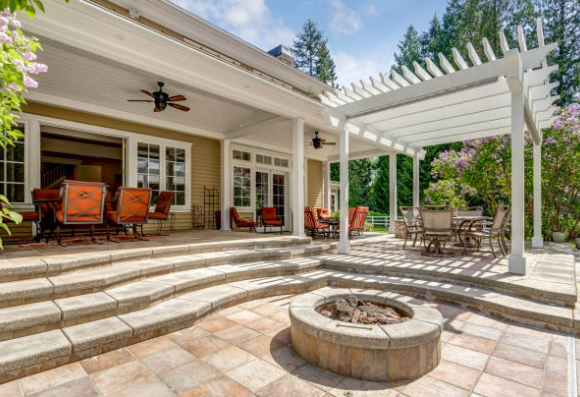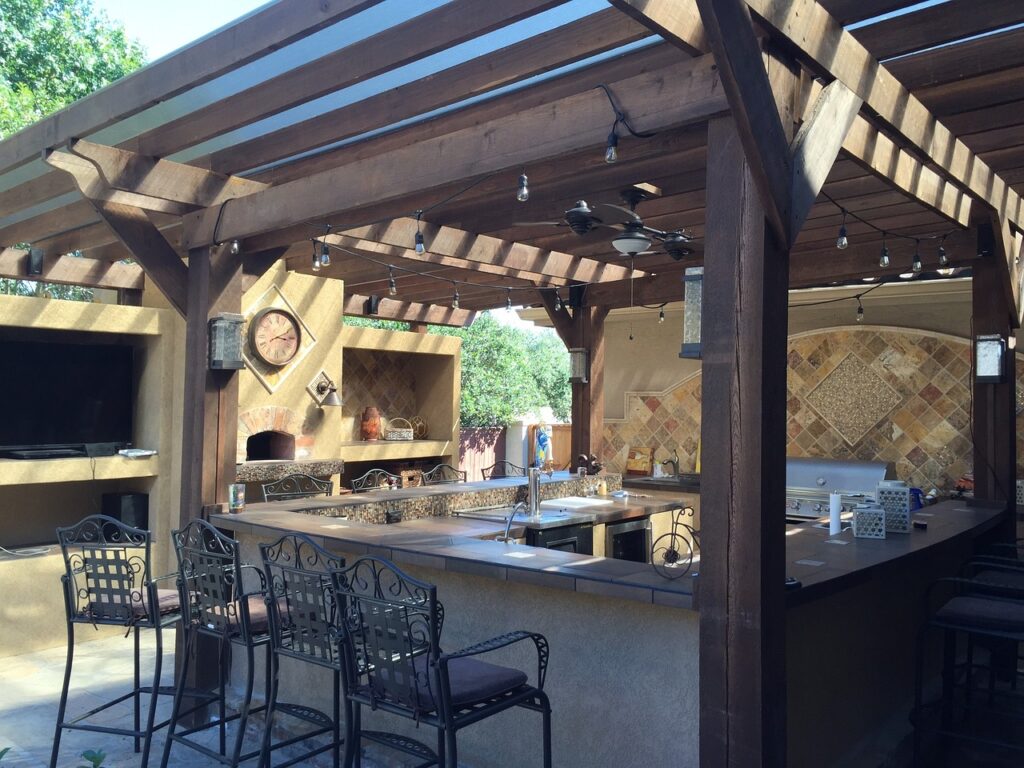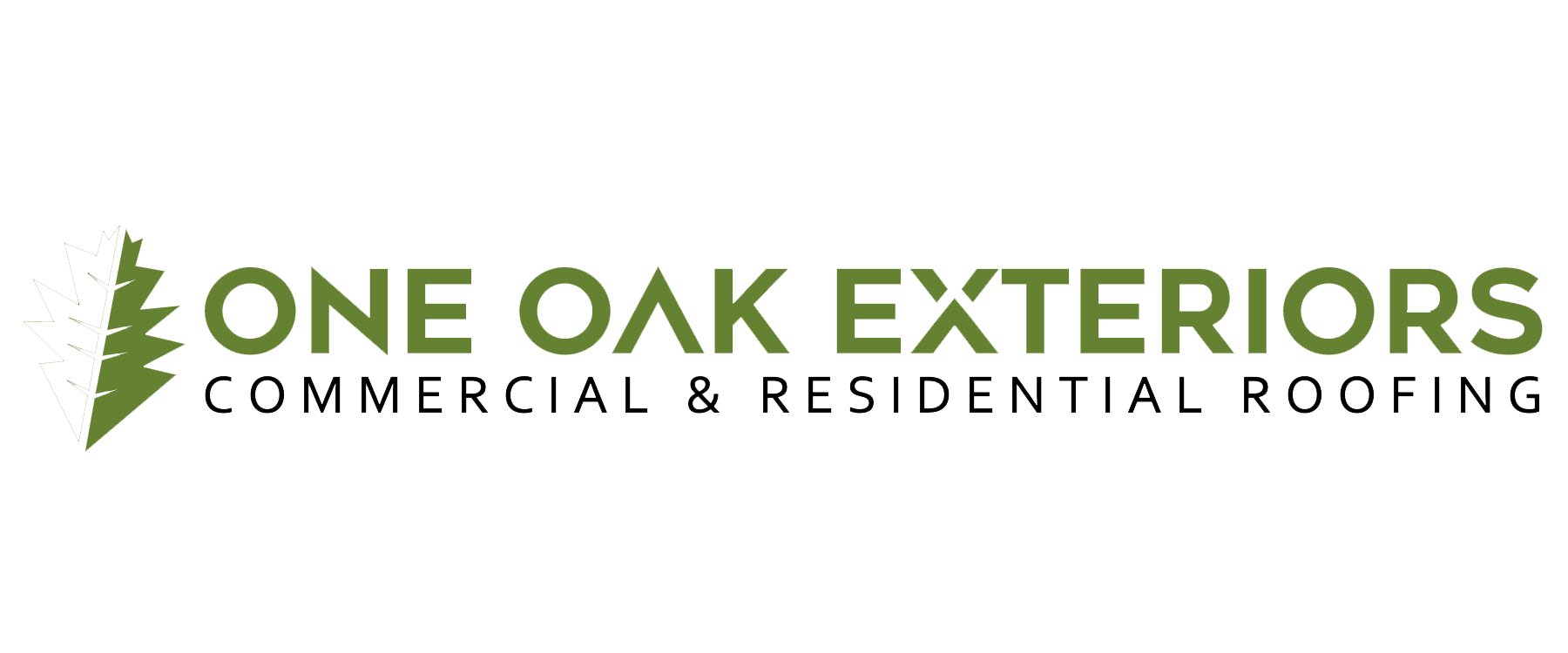Many people choose metal roofing because it’s durable. However, no material is impervious to damage. Failing to install the metal roof properly or neglecting to keep up with maintenance can affect personal and commercial owners alike.
If you’re considering installing a new metal roof, be aware of the common problems associated with the material so that you can mitigate them in your installation process.
1. Oil Canning
Oil canning is a noticeable, wavy deformation. It can appear in the flat portions of metal panels and is considered a minor, aesthetic problem. The roof is still going to perform. There is no degradation in the material. Proper installation techniques could mitigate this condition. Copper, aluminum, zinc, and steel are among the metals that can be affected.
2. Leaking
While metallic roofs have a high resistance to weather conditions such as rain, strong winds and hail, water can still get in through roof joints if not properly installed. This could be caused by unfinished business where the installer did not finish the counter flashing, or perhaps the fasteners or screws themselves were not properly placed.
If the metal panels are not installed perfectly flat on one another, moisture may build up along the sealant leading to corrosion and rusting of both materials.
3. Scratching
It can occur when walking over the new structure. This issue can be avoided by using rubber sheets and other protective materials during construction.
Note that even metallic roofs that have been in service for years can be scratched depending on the type of material used to manufacture them (for example, copper alloy is more susceptible than steel). However, scratches do not affect roof performance, they only lower its aesthetic value.
4. Corrosion
A panel’s protective coating may deteriorate over time, causing rust spots to develop. If not given proper maintenance, this can lead to leaks and eventual failure of the roof. Personal owners should have their roofs inspected for corrosion at least once per year or earlier if there are signs of problems developing.
Commercial owners may want to implement regular visual inspections as part of preventive maintenance programs, especially if an extended warranty was purchased with low coverage for initial defects or materials failure.
5. Dissimilar Materials
If the roof is installed without proper dissimilar material separation, it can be affected by galvanic corrosion. Galvanic corrosion results in metal loss accelerated due to an electrochemical reaction between two different metals (e.g., steel and aluminum).
If left unattended, rusting can weaken connections between panels and fasteners until holes allow water into the building’s structure, causing severe damage over time.
6. Chalking and Fading
Chalking is a defect that causes colors to lose their brightness over time. When subjected to UV radiation, metals oxidize, causing the formation of a layer of oxide at the surface. While this process is unavoidable, it can happen more quickly if the roof is not properly sealed or maintained regularly.
Get Professional Assistance: Work With One Oak Exteriors
Although metal roofs are highly durable and come with guarantees that protect consumers in case of
defects, one should keep in mind that they still require proper installation to last for years. According to experts, hiring professional contractors is the way to go because installing a metal roof improperly can lead to all kinds of issues down the road.
At One Oak Exteriors, we have years of experience in the business, offering a wide range of roofing services. We are confident in our ability to handle any residential or commercial roofing project. We are fully licensed and insured and provide warranties for our services. Get in touch with the metal roofing experts now!




